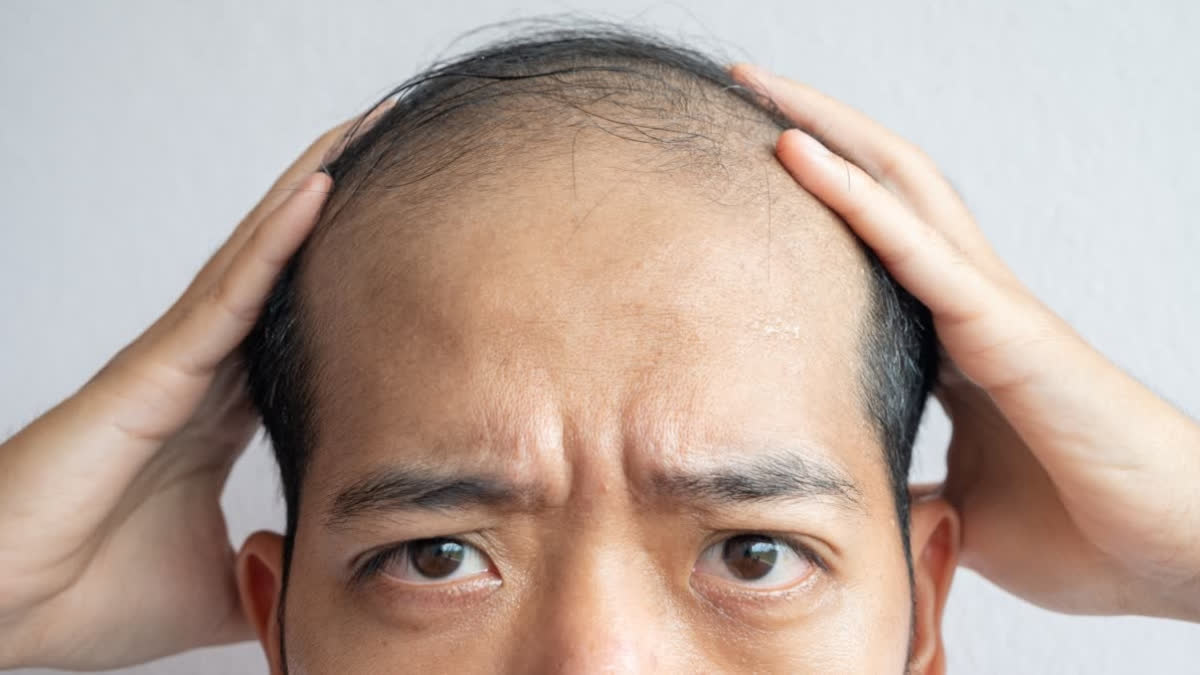Androgenetic alopecia, commonly known as male or female pattern baldness, is a prevalent condition that affects millions of people worldwide, according to the Journal of theAmerican Academy of Dermatology. While it is often associated with ageing, an increasing number of young adults are experiencing the early onset of this condition. The rising incidence of early-onset androgenetic alopecia is increasingly evident, affecting more young adults today.
“Genetic predisposition plays a significant role, with a family history of pattern baldness elevating the risk. Hormonal changes, particularly elevated levels of dihydrotestosterone (DHT), contribute to the progressive miniaturisation of hair follicles,” says Dr Sujit Shanshanwal, MD a dermatologist and Hair Transplant Surgeon in Mumbai. “Additionally, chronic stress and an imbalance in diet or exposure to environmental pollutants can further accelerate hair loss,” he adds. As these factors combine, they contribute to a growing number of individuals experiencing hair loss at a younger age, highlighting the need for effective management and treatment options.
And while the condition can affect anyone, between male and female. There are distinct differences in the age at which thinning starts, what part of the scalp is affected first, and other health conditions associated with it. Doctors say that it is important to know the differences to understand the condition better and know how you and your healthcare team have to make plans for the treatment.
Hair loss can happen at a younger age in men compared to women
While Dr Shanshanwal will occasionally see male teens who have early onset of androgenetic alopecia, the most common age for hair loss begins in the 30s. “Many men experience hair loss in their late 20s or early 30s,” he states.
Women, on the other hand, experience the long life of their locks. For women, it is about 10-15 years later than men they experience hair thinning, especially postmenopause. However, for both men and women, the risk of hair loss increases with age.
Hair loss affects men and women in different parts of the scalp
Androgenetic alopecia does not affect the entire part of the scalp or every hair follicle. Men tend to thin in the front and crown of the head, while women are affected on the top of the scalp. This makes men have a receding hairline or balding spot.
It is different for women. “They experience widening of the central part that grows more into thinning hair. The frontal hairline in women is usually never affected,” says Dr Yogesh Kalyanpad, a dermatologist and cosmetologist.
These areas get sunburned more easily, especially on a balding spot on the back of the head or the part that’s growing wider. It is mostly visible in women who pull their hair back into a ponytail or braid, as the scalp peaks through the hairline.
